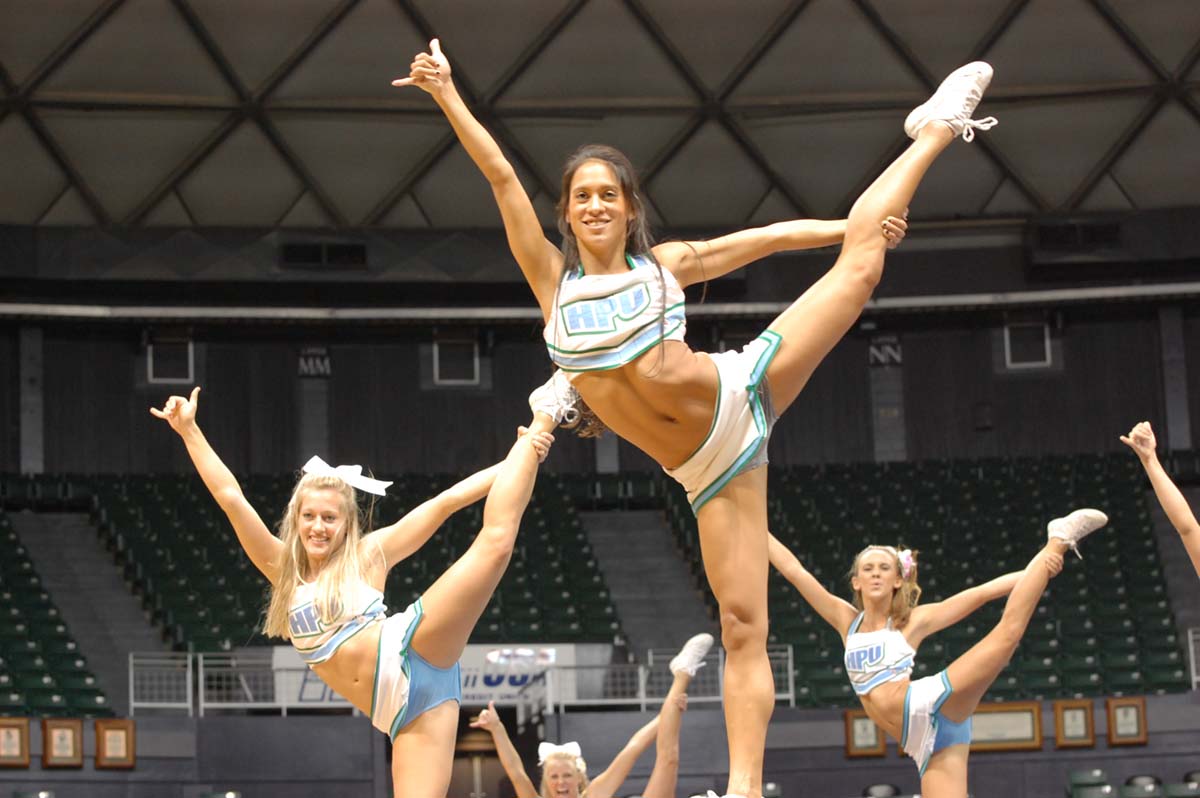
Cheerleading is Tough
Even though many people consider cheerleading to be more of a side activity than a sport, not involving any excessive agility or physical demand, this is not so. Being a cheerleader is not an easy task. This sport involves many moves and group activities which are extremely hard to perform, even more so when in front of an audience. Thus, cheerleaders need to be physically prepared in order to cope with all the difficulties of this activity and give their absolute performance when they are on the field. In fact, many parents consider that cheerleading is the best sport their teenage girl can take up, benefiting from many different aspects of physical fitness it brings.
Cheerleading Stretches
Since, as it was mentioned above, cheerleading involves many difficult moves, stretches before actual performance are a must.
Before starting any serious stretches, you should get a proper warm-up, by dedicating 10 minutes to running, jogging, skipping or performing similar, light, cardio activities. Then, you are to sit with your legs spread in front of you, grabbing your toes and holding the position for about 25 seconds. Once this is done, you are to grab your legs and place the soles of your feet together. In this position, you are to bend your back forward, keeping it straight, enabling a good stretch to both your thigh and your back muscles. Then, return to the first sitting position, with your legs spread in front of you and try to turn your upper body to each side as much as you can, providing stretches for your oblique muscles. Then, stand with your legs spread a bit and your knees slightly bent, mingling your fingers together and, this way, pushing your palms out in front of you. After doing this, you may do the same thing in the direction above you and sideways. Finally, move your neck in all directions, both in circles and sides, stretching it along the way.
Cheerleading Exercises
A great exercise for flyers involves them standing next to a wall, and a partner helping them. The flyer is to place her leg onto the shoulder of the partner, the two of them facing each other. Then, the partner is to push the leg towards the head of the flyer until pain is felt. Upon reaching the limit, hold it for about 10 seconds before releasing and swapping legs.
Another exercise for flyers is done by facing the wall, performing one-leg squats while in an arabesque position.
As for splits exercising, before you are actually able to perform splits, you should have no problems with sitting with your legs spread in front of you, grabbing onto your toes and touching your knees with your nose. Once you are able to do this without problems, you are ready to move on to actually doing side splits. Still, be careful not to overdo it and cause injuries.


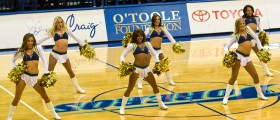
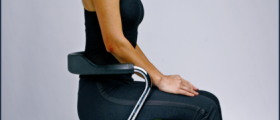
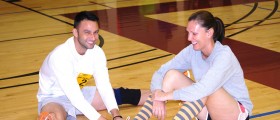
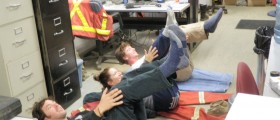
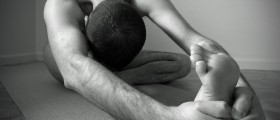
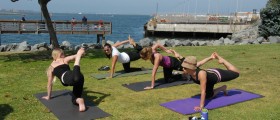
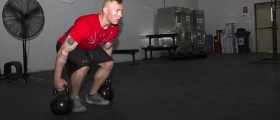

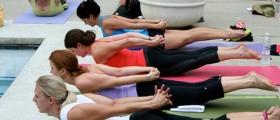
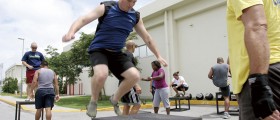
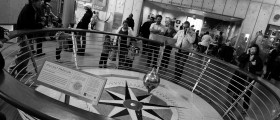
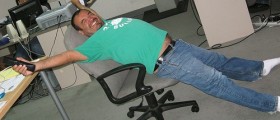
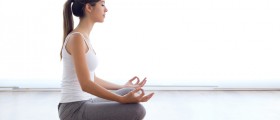
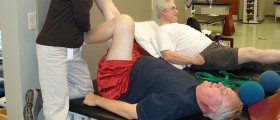

Your thoughts on this
Loading...